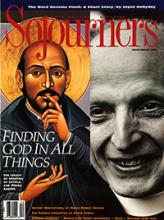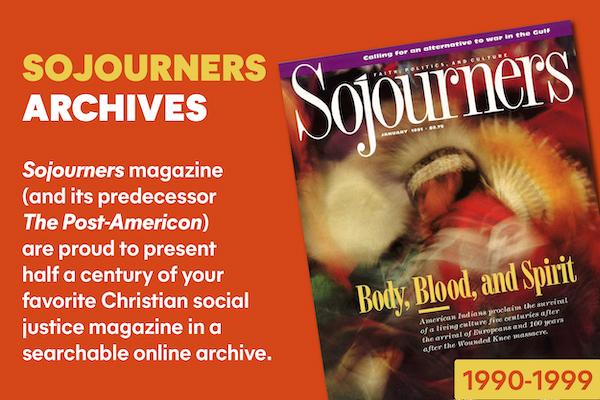Kids in many places and of many ages remember fondly their favorite Dr. Seuss book (as an organizer, mine is Horton Hears a Who). Theodor Geisel, the author of these books, died in September 1991. He will be remembered for the insightful social and political interpretation he provided, as well as for his wit and humor.
As per our custom, we offer in the December UnderReview section a look at some of the children's books currently receiving attention. All titles were released during 1991, and all are geared to a 3-to-6-year-old audience unless otherwise indicated.
No One Owns the Sky
As the multiculturalism debate rages within adult culture, it is encouraging and heartwarming to find children's books that move through, and in some cases beyond, that polemic. The best of 1991's offerings in this regard is Tree of Cranes by Allen Say (Houghton Mifflin Company, $16.95, cloth). The realistic watercolors give life to this story of the intersection of two cultures.
Tree of Cranes provides that uncommon opportunity to see our own cultural customs through the eyes of another culture. Set in Japan, the mother of the family remembers her youthful days celebrating Christmas in California. She shares these memories by creating a simple festival for her son, so he might have memories of his own some day.
While the story won't please everyone since the cultural and not the religious aspects of Christmas are presented, it does provide a strong portrayal of the importance of tradition and culture. For those desiring to teach their children about bringing together people of differing backgrounds on what is a continually shrinking planet, this book offers a direction.
Read the Full Article

